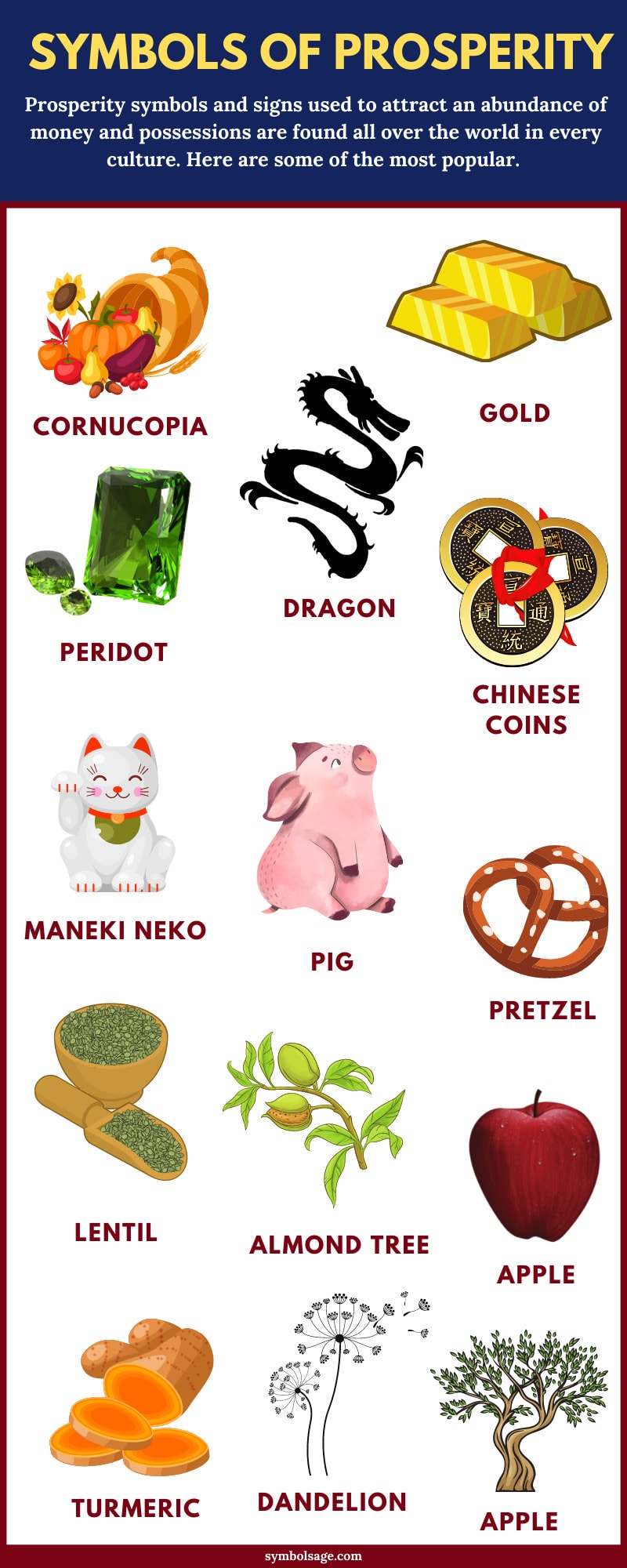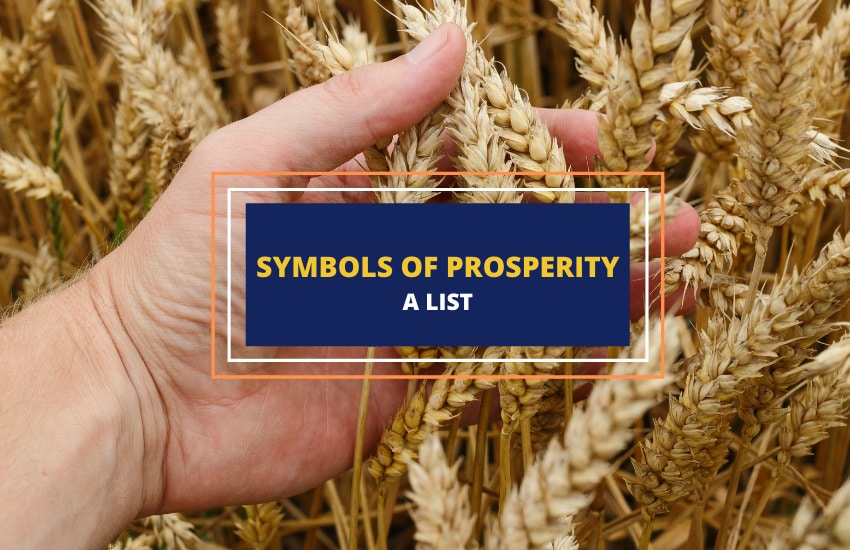
Table of Contents
Throughout history, people have used lucky charms in the hope of attracting abundance and prosperity into their lives.
Some of these symbols come from mythologies and folklore, while others have religious origins. Let’s look at some of the different symbols of prosperity around the world.
1- Gold

One of the most valuable metals on earth, gold has always been a universal symbol of wealth, prosperity, and power. Gold’s value was first formally recognized as superior to silver in the Egyptian code of Menes.
The kingdom of Lydia was the first to coin gold around 643 to 630 BCE, thereby linking it with the concept of money.
The significance of gold is also evident in various myths, such as the Greek myth of King Midas who wished that all he touched might turn to gold.
In Celtic culture, gold was associated with the sun which brought an abundance of summer vegetation. Torcs, or neck-rings of twisted gold, were among the treasures of the ancient Celts.
2- Cornucopia

A traditional centerpiece during the Thanksgiving holiday, the cornucopia is a symbol of prosperity, wealth, and good fortune. The term “cornucopia” is derived from two Latin words – cornu and copiae, which together mean “horn of plenty”.
As a symbol of harvest in Western culture, the horn-shaped vessel is commonly depicted overflowing with fruits, vegetables, flowers, and grains.
During the Parthian period, the cornucopia was a traditional offering to the gods. It was also portrayed in the hands of several deities associated with harvest and prosperity, including the Roman goddesses Fortuna, Proserpina, and Ceres.
In Greek mythology, it’s a mythical horn able to provide whatever is desired. By the Middle Ages, it was being offered as a tribute to the Holy Roman Emperor Otto III.
3- Peridot Stone

One of the gemstones that symbolize prosperity and good fortune, peridot is recognized by its lime green glow. Most scholars agree that its name originated from the Arabic faridat, meaning “gem,” but some say it’s also derived from the Greek peridona, meaning “giving plenty”.
The ancient Egyptians called peridot the “gem of the sun,” while the Romans called it “evening emerald”.
It has been used as a talisman in several cultures to protect the wearer from evil and was featured in priests’ jewelry in medieval Europe. As an August birthstone, peridot is believed to bring luck and strengthen friendships.
4- Dragon
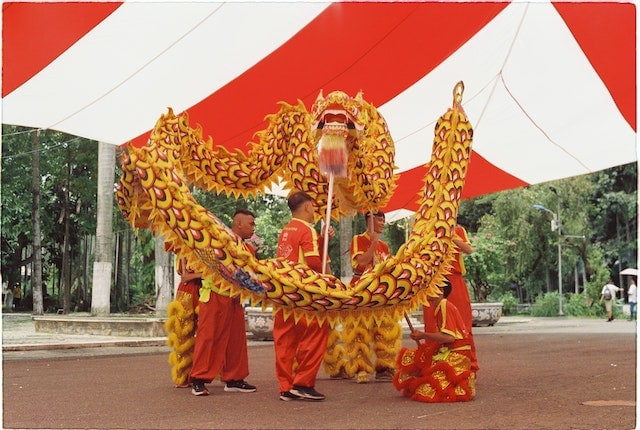
Unlike dragons of Western lore, the Chinese dragon represents prosperity, good fortune, and good luck, especially during the New Year festivities.
Dragon dances are performed during the Lantern Festival, also called the Yuan Xiao festival. The Chinese people believe that they’re descendants of the dragon.
In fact, the mythical creature was the emblem of the imperial family and appeared in the Chinese flag until 1911.
5- Chinese Coins
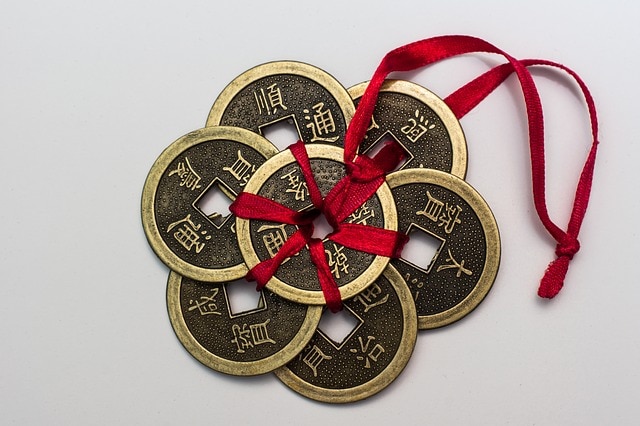
Both an amulet and ornament, Chinese cash was a type of coin and was regarded as a symbol of prosperity. The term cash was derived from the Sanskrit word karsha, or karshapana, meaning “copper.”
In the 11th century BCE, the term yuánfâ or “round coins” was used to refer to metal currency. The coins were made of copper, had square holes at the center, and were carried on a string.
During the Han dynasty, from 206 BCE to 220 CE, the wûchü coin was considered lucky. Even if the genuine coin was rare, it was reproduced in bronze, silver, gold, or jade, and worn hanging from the neck.
The coins of the Tang and Song dynasties were also used as amulets. Some coins even featured characters and were thought to have talismanic powers.
6- Money Frog
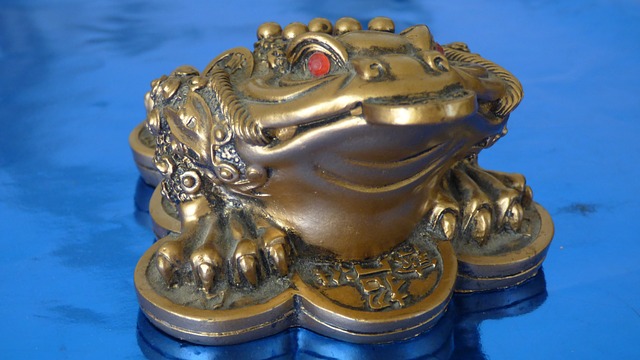
In Chinese culture, frogs can symbolize everything from prosperity to fertility and immortality. Its association with wealth likely stemmed from the myth of the Taoist immortal Liu Hai who owned a three-legged frog.
With the help of the frog, he was able to obtain numerous gold coins, which he used to help the poor. Today, the money frog is commonly depicted sitting on a pile of golden coins with another coin in its mouth.
7- Maneki Neko
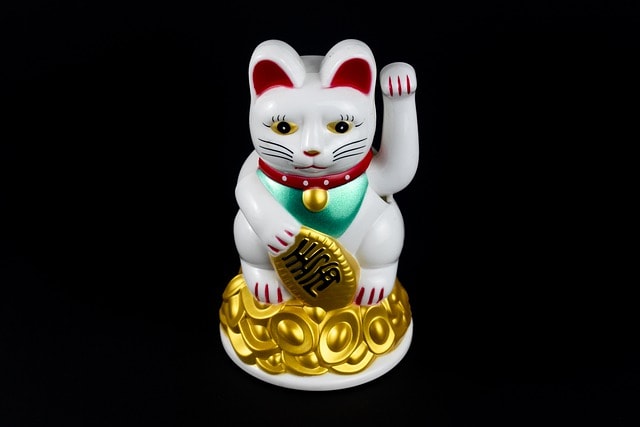
In Japanese culture, the maneki neko, literally means “beckoning cat,” and symbolizes prosperity, wealth, and good luck. It’s most recognized by its raised paw but contrary to popular belief, it’s not actually waving.
In Japan, the gesture is a way to beckon someone over to you. It’s said that the right paw attracts good fortune and money, while the left invites friendship.
The symbolism of maneki neko originated in Japanese legend. During the Edo period, a cat was born at the Gōtoku-ji temple in Setagaya, Tokyo. It’s said that a daimyo (powerful lord) was saved from a lightning bolt when the cat beckoned him into the temple.
Since then, it has been considered a protective amulet and was later adopted as a charm for prosperity. No wonder it is often seen at the entrances to shops and restaurants!
8- Pig

In the Middle Ages, pigs were regarded as symbols of wealth and prosperity, as a family had to be wealthy enough to own and raise them. While in Ireland, they were referred to as “the gentleman who pays the rent”.
In Germany, the expression Schwein gehabt means “got lucky,” and is synonymous with the word “pig”. This is why pig trinkets and piggy banks are given as good luck gifts around New Year.
9- Pretzel

A popular snack food from the 7th century to serve, pretzels are seen as symbols of prosperity and good luck. The first pretzels were called bracellae, the Latin word for “little arms,” and dubbed pretiolas, meaning “little rewards”.
They were the traditional food during Lent and were given by monks to their students if they recited their prayers correctly.
By the 17th century in Germany, many people wore pretzel necklaces to attract prosperity and good luck for the coming year.
10- Lentils

In Italy, lentils represent luck and prosperity, likely because of their coin-like shape. They’re often served on New Year’s Eve in the hope of bringing good luck.
Lentils have been a staple food since ancient times. They’ve been dated as far back as around 8000 BCE in northern Syria and were introduced to America in the 16th century by the Spanish and Portuguese.
11- Turmeric

During the Vedic period in India, turmeric was called the “spice of life” or the “golden spice”. In southern India, it’s worn as a good luck charm and an amulet for protection.
In Hinduism, the spice symbolizes prosperity, fertility, and purity, and it’s often used in religious ceremonies and weddings. Turmeric is traditionally mixed with water to form a paste and applied to the faces of the bride and groom.
Turmeric is also symbolic of prosperity and purity in Buddhism. Its yellow color links it with Ratnasambhava who represents the Buddha’s generosity.
It’s commonly used to dye the saffron-colored robes of Buddhist monks, and in ceremonies to anoint sacred images. It’s said that the Hawaiian shamans also use turmeric in their religious rituals.
12- Fenghuang
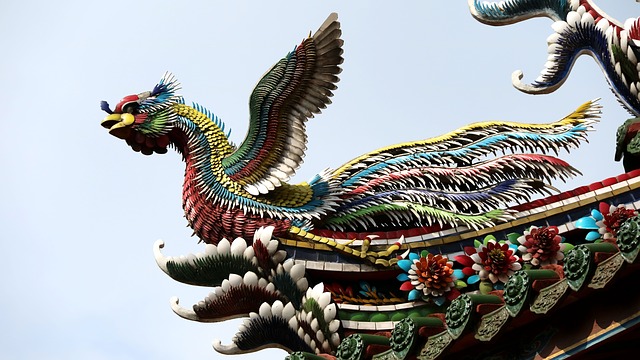
Often paired with the dragon, the fenghuang or Chinese phoenix symbolizes peace and prosperity. It’s a mythical bird with the head of a cock and the tail of a fish.
In the piece of Chinese literature Liji, or the Record of Rites, the fenghuang is the sacred creature that rules the southern quadrant of the heavens, hence it’s called the “Red Bird of the South”.
The fenghuang also became associated with political prosperity and harmony during the Zhou dynasty. It is said that it appeared before the death of Huangdi, the Yellow Emperor, whose reign was a golden age.
In the Chinese text Shanhaijing, the mythical bird seems to be a representation of Confucian values, wearing the characters that mean virtue, trust,
13- Apple

In Celtic culture, the apple is the most magical of fruits and it appears in several myths and legends. In most stories, apples symbolize prosperity, harmony, and immortality.
It’s the fruit that sustained the hero Connla. In Greek mythology, the three apples of the Garden of the Hesperides were seen as treasures.
In Cotswolds, England, an apple tree blooming out of season meant impending death.
14- Almond Tree
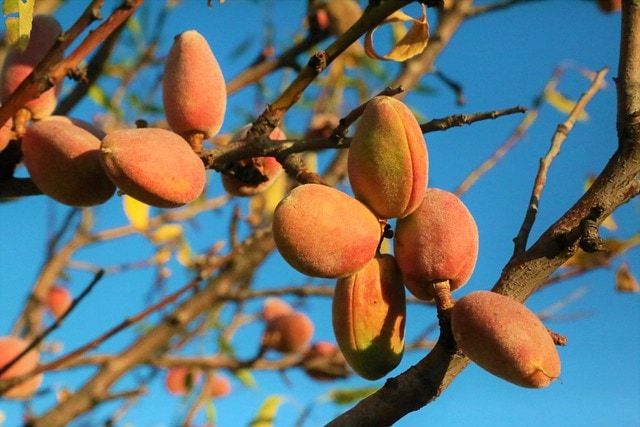
The almond tree symbolizes prosperity, fruitfulness, promise, and hope. In some cultures, it is believed that carrying the nuts in a pocket could lead you to hidden treasures.
Some people even grind the nuts up, place them in an amulet, and wear this around the neck. Magic wands made from almond wood are also highly valued.
There is an old superstition that climbing an almond tree would guarantee a successful business venture.
15- Dandelion

Symbolic of prosperity and happiness, dandelions are often used in wish magic. The plant is believed to grant wishes, attract love, and calm the wind.
For every seed ball that you blow the seeds off, you’ll be granted a wish.
Some also believe that you’ll supposedly live for as many years as there are seeds that remain on the stem head. In some cultures, the dandelion seed ball is buried in the northwest corner of houses to attract desirable winds.
FAQs
Yes, this Hindu geometric artwork is used in meditation to attract good energy and bring about a state of abundance.
Lakshmi is a Hindu goddess of prosperity who is often depicted sitting on a lotus flower with a handful of gold coins.
This rune is part of the Celtic alphabet and is used to attract money or possessions. Some people engrave this symbol onto jewelry.
Yes, there are several. One is Oshun – a river goddess of the Nigerian Yoruba people. She is said to attract money. Her symbols are sunflowers and seashells, among others.
Yes, the Christian bible uses the olive tree as a symbol of fruitfulness, abundance, and prosperity.
Wrapping Up
From maneki neko in Japan to the money frog in China, different cultures have their own symbols of prosperity.
Over time, many of these symbols have made their way around the world and are universally recognized as charms that attract wealth and good fortune.
Similar Articles:
15 Powerful Symbols of Empowerment and Their Meanings
Top 10 Symbols of New Beginnings with Meanings
15 Powerful Symbols of Hope and What They Stand For
11 Powerful Healing Symbols and Their Meanings (With Images)
